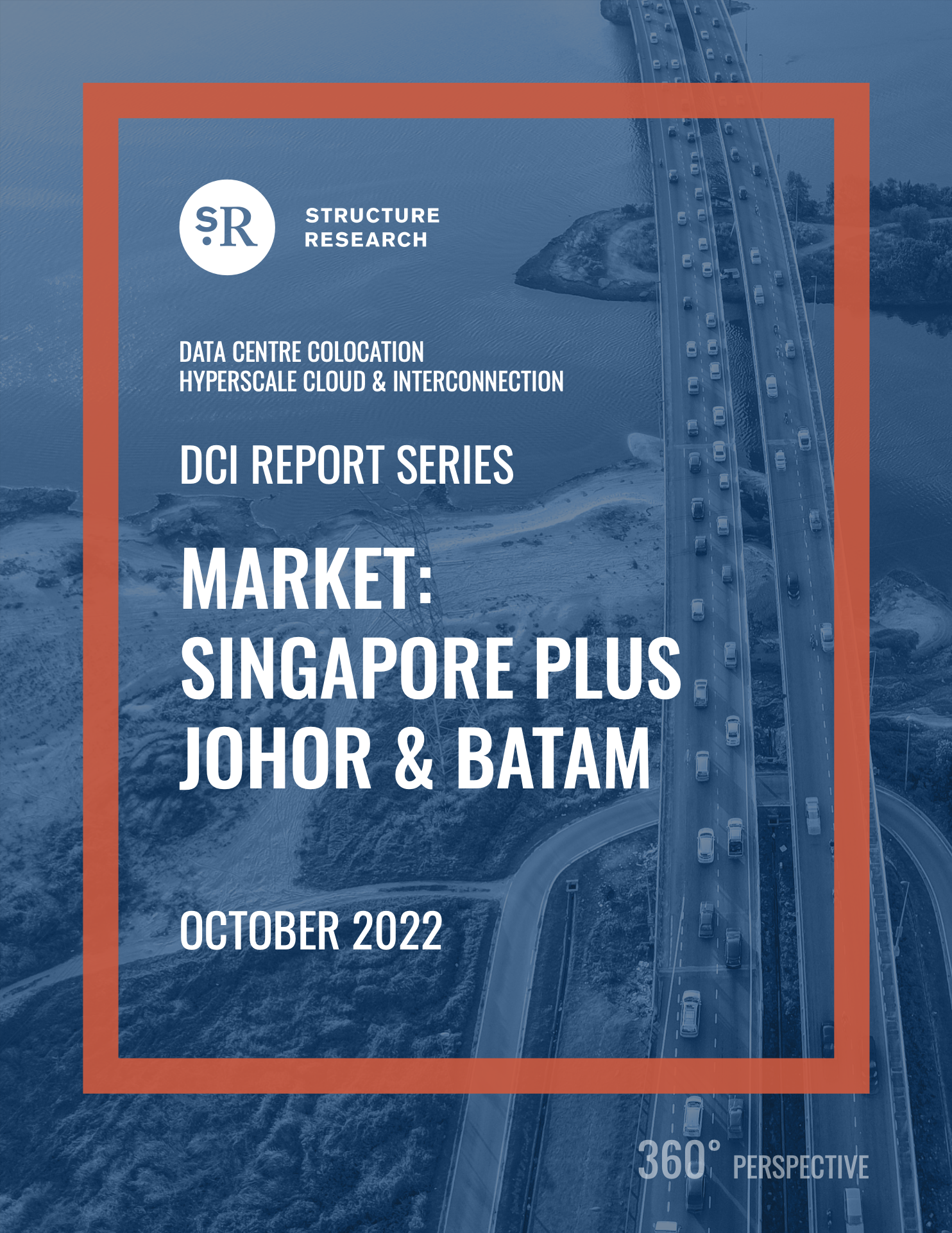Description
The overflow scenario has emerged in Southeast Asia as the Singapore data centre market enters a new phase in its evolution. A data centre build pause, put in place by the Singaporean government, effectively put a halt to the development of new supply. And while the moratorium was recently lifted, new data centre expansions will be subject to close scrutiny and probably be limited to a certain subset of operators and potentially open the door to more self-builds from hyperscalers.
Given where things are going in Singapore, the logical question is what next given that demand is not slowing down. More experimental scenarios such as underground or floating data centres have been explored, but the feasibility is questionable and the ability to serve aggressive levels of demand is just not there. Enter the overflow market. And in the context of Singapore, two nearshore locations have emerged – Johor in Malaysia and Batam in Indonesia – to try and accommodate the demand that Singapore will be less and less equipped to serve over the long-term.
Johor and Batam are situated in different jurisdictions and the underlying connectivity takes different routes. In the case of Johor, terrestrial connectivity is available, but for Indonesia, it is via subsea cables. But both locations are in close proximity and this eliminates performance degradation for a large cross-section of the workloads that exist today. Serving Singapore through Johor and Batam is entirely feasible and both operators and capital are looking very closely at the opportunity and making bets.
The overflow scenarios are a recent development, but demand is being driven by hyperscalers. In the Singapore context, that means the first wave of potential demand looks to be coming from China-based hyperscalers. They have hit growth phases in more recent years, do not self-build outside China, and this means they have not been able to plan and prepare for the future as well as their US-based counterparts. They have much less runway and more immediate data centre capacity needs. The overflow scenario is a good fit for them and the players that have entered the market are very likely to be targeting this demand profile.
The Johor and Batam overflow markets are still in their infancy. But the potential is there and a pipeline of over 800MW is currently in various stages of development. This is a market geared towards hyperscale and the average data centre build size is 27.3MW. It will take a few years for these builds to come online, but the expectation is that adequate demand already exists and will likely ramp up steadily between now and then.
This report is an excellent resource for any service provider, investor or enterprise end user looking to understand and project the data centre market in Johor and Batam or find a service provider. The methodology applied continues to be the most robust in the industry. We track supply on a space and power basis, split all the metrics along retail and hyperscale lines, and aggregate inventory in multiple tiers according to build status, absorption rates and maximum capacity levels. Hyperscale cloud nodes and on-ramps are mapped and a complete directory is provided.






